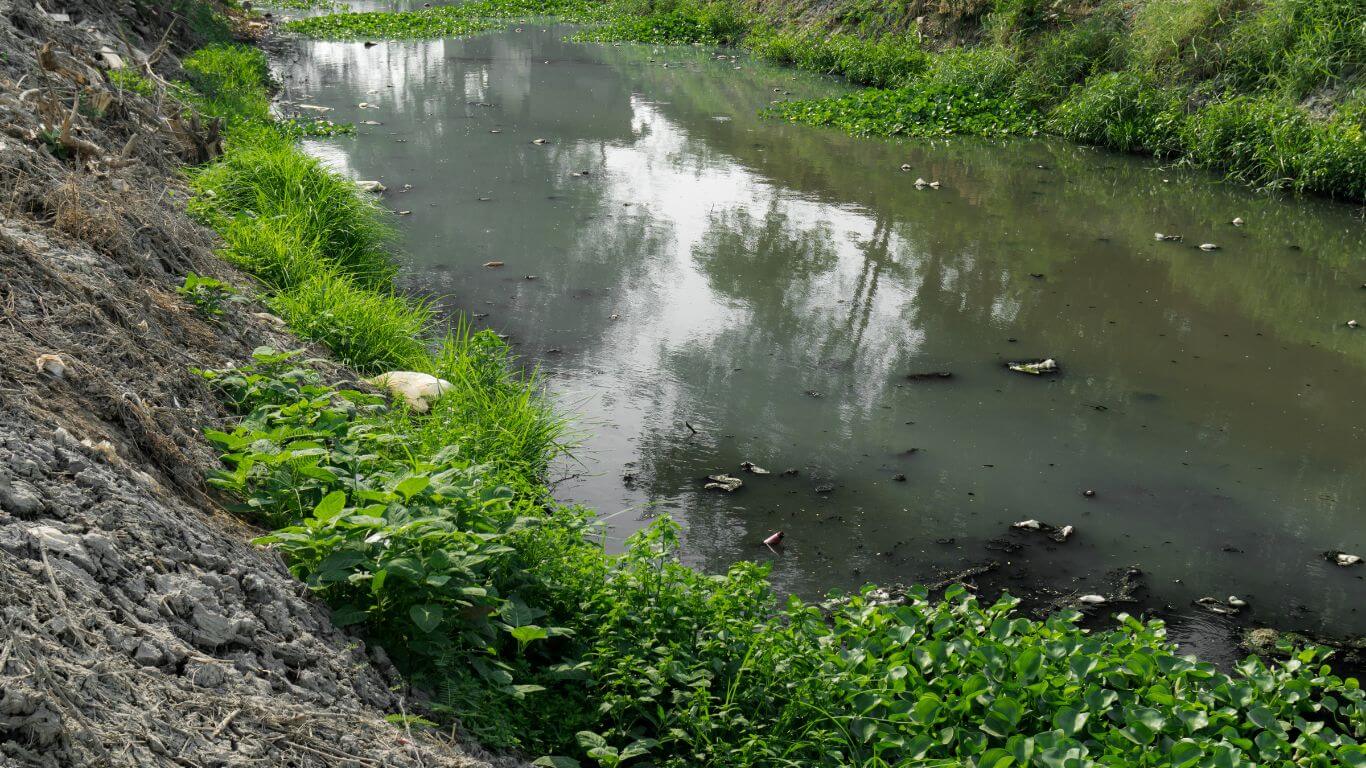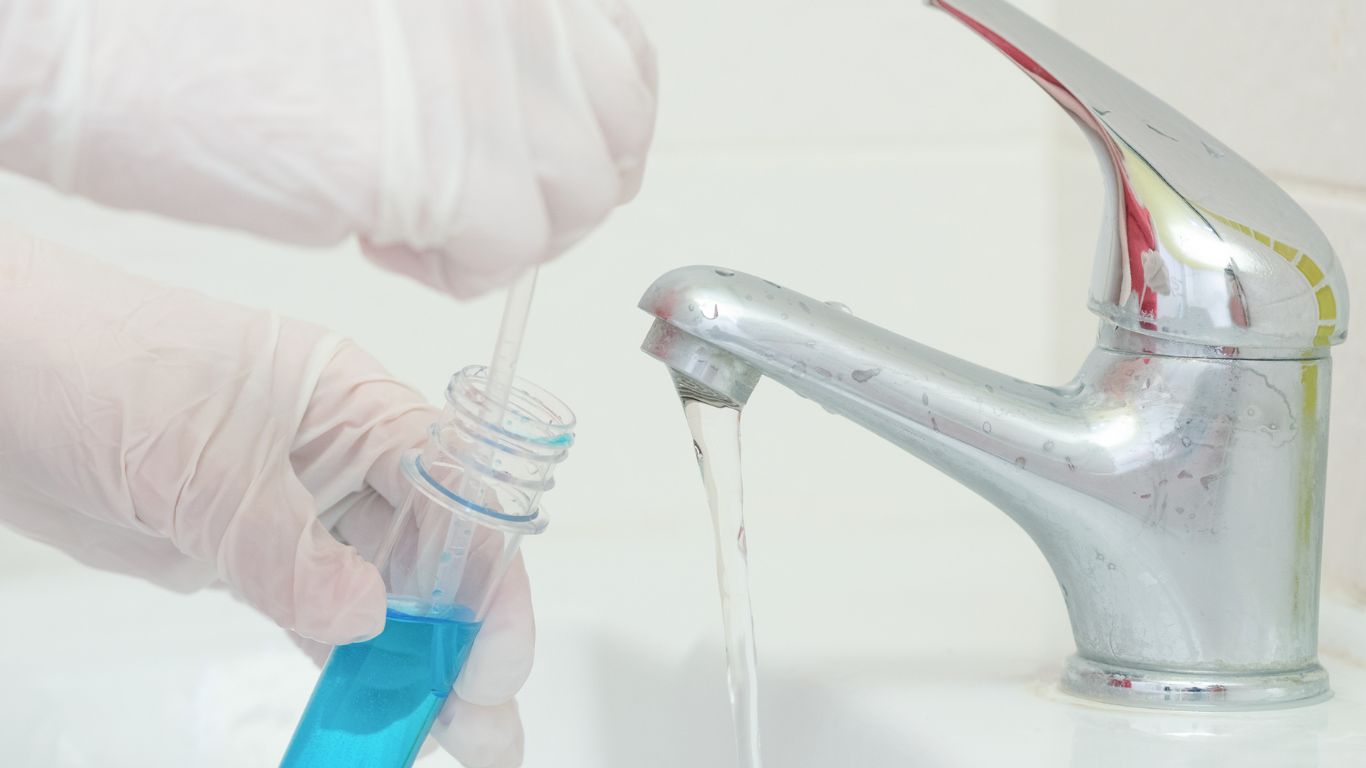
How Safe Is Your Water
Importance of water for health and well-being
Safe drinking water has become and ever presence thought to everyone around the world. Water, the essence of life itself, is a fundamental resource that sustains all living beings. Water plays an irreplaceable role in our daily lives, from quenching our thirst to supporting bodily functions and maintaining overall well-being. However, with increasing concerns about water quality and safety, it becomes crucial to evaluate just how genuinely safe the water we consume is.
Concerns about water safety

Water is fundamental for human survival, but concerns about its safety have become increasingly prevalent in recent years. With industrialization and urbanization, water sources have become more vulnerable to contamination from various pollutants. One primary concern is the presence of harmful chemicals, such as lead, arsenic, and pesticides, in drinking water. These substances can seep into water sources through industrial discharge or agricultural runoff, posing significant health risks if consumed.
Another concern regarding water safety is the presence of bacteria and viruses that can cause waterborne diseases. Pathogens like E.coli, Giardia, and Cryptosporidium can contaminate water supplies through fecal matter or inadequate treatment processes. Ingesting these pathogens can lead to severe gastrointestinal illnesses and even fatalities. This issue is especially relevant in developing countries with limited clean drinking water infrastructure access.
Overall, ensuring the safety of our water supply is crucial for maintaining public health. It requires comprehensive monitoring systems to detect contaminants at their source and robust treatment methods to eliminate or reduce them before reaching consumers’ taps. Additionally, raising awareness about potential risks associated with unsafe drinking water is essential for individuals to take necessary precautions and demand proper measures from authorities responsible for ensuring safe drinking water.

Is it safe to drink tap water?
Lets explore whether it is truly safe to drink tap water. We turn on the tap every day, expecting clean and pure water to flow effortlessly into our glasses, but are we overlooking potential risks? With growing concerns about pollutants, contaminants, and aging infrastructure, it’s time to delve deeper into the safety of our drinking water. We strive for better health and well-being, trying to live life to the best of our abilities but still one question remains, at the forefront of our minds: how safe is our water?
The Flint Michigan Water Crisis

In recent years, water contamination has become a growing concern worldwide. One shocking incident that grabbed headlines was the Flint water crisis in 2014. It was discovered that the drinking water in Flint, Michigan, had been contaminated with lead due to corrosion in aging pipes. This crisis exposed thousands of residents, including children, to dangerously high levels of information for over a year before any action was taken. The impact on public health has been devastating, with reports of increased cases of lead poisoning and long-term health effects.
Another alarming statistic related to water contamination is that approximately 80% of wastewater worldwide is discharged back into nature without proper treatment or reuse. This affects the quality of our natural resources and poses significant risks to human health and biodiversity. Polluted water can carry harmful microorganisms and chemicals contaminating drinking supplies and ecosystems. Additionally, this untreated wastewater contributes to the depletion of freshwater sources, exacerbating global water scarcity concerns.
These shocking incidents and statistics remind us of the critical importance of safe drinking water and effective wastewater management systems in safeguarding our health and protecting the environment for future generations.
Sources of water contamination (e.g., pollutants, bacteria)

One common source of water contamination is pollutants.
These can come from various sources, including industrial waste, agricultural runoff, and improper disposal of chemicals. Industrial waste often contains harmful substances such as heavy metals, solvents, and pesticides that can contaminate water sources if not adequately treated. Similarly, agricultural runoff carries fertilizers and pesticides into rivers and lakes, causing contamination.

Another common source of water contamination is bacteria
Bacteria can enter water sources through human or animal waste that seeps into groundwater or is carried by surface runoff. Escherichia coli (E.coli) is a well-known bacteria strain that can cause severe illnesses in drinking water. Other types of bacteria like Salmonella and Campylobacter are also commonly found in contaminated water.
The risks associated with unsafe water consumption

Unsafe water consumption can pose serious health risks to individuals. One of the primary dangers is the potential for waterborne diseases. Contaminated water can contain various bacteria, viruses, and parasites that can cause diarrhea, cholera, typhoid fever, and dysentery. These diseases are hazardous for children and individuals with weakened immune systems.
Additionally, unsafe water consumption may lead to long-term health effects. For example, drinking water contaminated with heavy metals such as lead or arsenic can harm organ function and development. Lead exposure, in particular, has been linked to impaired cognitive development in children and increased risk of cardiovascular disease in adults.
Furthermore, unsafe water consumption also poses economic risks. Communities that lack access to clean drinking water often experience higher healthcare costs due to the treatment of illnesses caused by contaminated water sources. Moreover, contaminated water sources can impact agricultural production and livestock health, reducing crop yields and farmers’ income loss.
Consuming unsafe water carries significant risks both in terms of immediate health impacts and long-term consequences. Individuals and communities must prioritize access to clean drinking water to safeguard their well-being and overall quality of life.
Potential health consequences of consuming contaminated water
Consuming contaminated water can have severe health consequences for individuals.
One potential consequence is the risk of contracting waterborne diseases. Contaminated water may contain harmful bacteria, viruses, or parasites that can cause diarrhea, cholera, typhoid fever, and dysentery. These diseases can lead to dehydration, malnutrition, and even death if left untreated.
Another health consequence of consuming contaminated water is exposure to toxic substances
Water sources can be contaminated with chemicals such as lead, arsenic, pesticides, and industrial pollutants. Prolonged exposure to these toxins through drinking contaminated water can result in various health problems, such as neurological disorders, developmental delays in children, organ damage, and an increased risk of cancer.
Individuals must have access to clean and safe drinking water to avoid these potential health consequences. Regular testing of water sources for contamination should be conducted by authorities to ensure the safety of the population. Additionally, proper sanitation practices and education on water treatment methods are essential in preventing the consumption of contaminated water and protecting public health.
How to test if water is safe to drink at home

Test the quality of your water
Testing the quality of tap water is essential to ensure its safety for consumption. Encouraging readers to take action by testing their tap water can help them identify any potential contaminants or issues that may be present. By doing so, they can decide whether additional filtration systems are necessary.
Get a water filtration system
Investing in filtration systems is another proactive step individuals can take to enhance tap water quality. These systems effectively remove impurities and pollutants, providing cleaner and healthier drinking water. With various types of filtration systems available on the market, readers can choose one that best suits their needs and budget.
Taking these actions not only allows readers to have peace of mind regarding the safety of their water but also promotes a healthier lifestyle by ensuring access to clean drinking water. Testing tap water quality and investing in filtration systems are proactive measures that contribute to overall well-being and should be encouraged among all individuals concerned about the safety of their drinking water.
Contact your local public health agencies

Local public health agencies are significant in monitoring and maintaining drinking water quality in their respective areas. They conduct regular inspections, perform water testing, and enforce regulations to safeguard the public from any potentially harmful contaminants.
You can visit their official website or call their helpline to access information regarding your local public health agency. These agencies are equipped with highly trained professionals who can provide valuable guidance on water safety concerns such as potential contaminants, testing procedures, and treatment options. They may also offer educational materials and resources to help individuals understand how to protect themselves from water-related hazards.
In case of an emergency or urgent inquiries related to water safety issues, it is vital to have the contact information of your local public health agency readily available. This could include their phone number, email address, or even a dedicated emergency hotline that operates 24/7. By having easy access to these resources and contact details, individuals can promptly seek assistance and ensure that qualified professionals address any concerns regarding their drinking water.
Lets Recap
The availability of clean and safe water is critical in upholding good hygiene practices, curbing the spread of diseases, and fostering overall physical health. Drinking contaminated water can be a breeding ground for harmful microorganisms and toxic chemicals, resulting in severe ailments and enduring health issues. Governments must invest in adequate treatment facilities to ensure secure drinking water for communities while implementing rigorous monitoring measures to safeguard water sources.
Ensure That you and Your Family have safe water.
In today’s rapidly changing world, where environmental issues are becoming increasingly urgent, individual awareness and action have never been more crucial. This holds when it comes to the safety of our water sources. While we often take clean water for granted, the reality is that many communities around the globe face water contamination and scarcity issues. By being aware of these challenges and taking action in our daily lives, we can make a difference in preserving this vital resource.
Individual awareness begins with educating ourselves about the potential risks to our water sources. From industrial pollution to agricultural runoff, numerous factors contribute to water contamination.
Safety of clean water for present and future generations begins with us. We can only effectively address the challenges facing global access to clean drinking water through collective efforts.
Do You Know What You’re Drinking?
